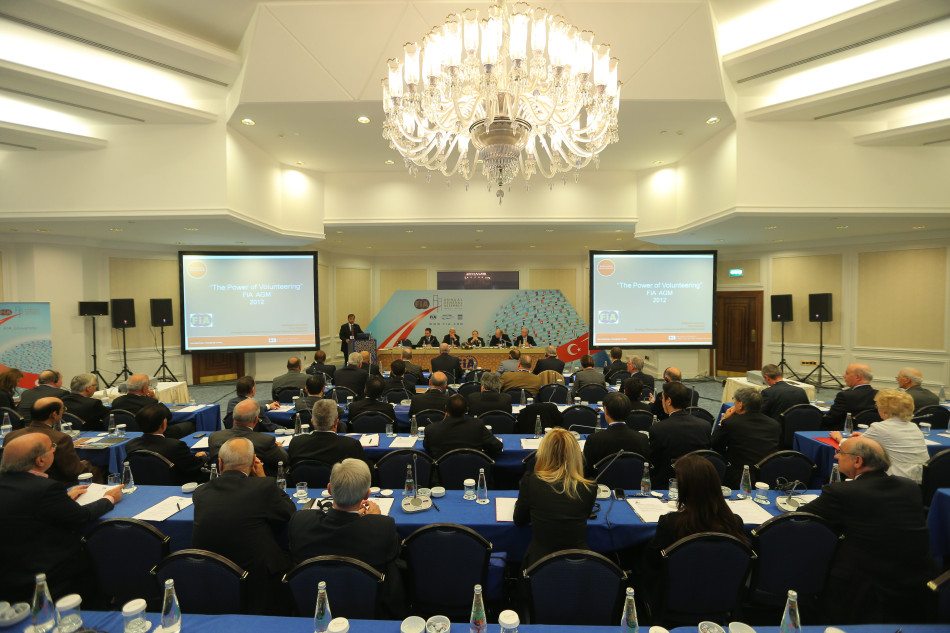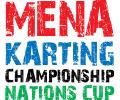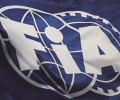President stresses need for synergy between FIA pillars

President Todt encouraged member clubs to find areas of collaboration, such as road safety and the FIA University initiative. He pointed out how far the University project has come since its launch at last year’s Annual General Assembly, with the initiative’s first course due to take place next March. He encouraged all clubs present to put forward representatives.
Following the President’s address comments, the joint meeting was treated to a lecture on the value of volunteering from Siddarth Chatterjee, Head of Strategic Partnerships and International Relations at the International Federation of Red Cross and Red Crescent Societies.
Mr Chatterjee began his talk by thanking the FIA, and President Todt in particular, for their efforts in the field of road safety. “Here in Turkey alone 4,000 people died last year in vehicle accidents. Disconcertingly, 50 million people are injured each year globally, many of them seriously, with lifelong impediments.
“It is even more tragic that 90 per cent of these incidents occur in developing countries, in the places where our Red Cross members work each day to strengthen their communities. So I would like to begin by acknowledging and congratulating you President Todt and colleagues on your efforts in this regard.”
Mr Chatterjee then explained how a key element in the advocacy power of the Red Cross lies with its volunteers.
“Their presence and connection to communities provide a direct and sincere source of information about the challenges and issues their communities face. They also provide a compelling voice for change,” he said. “Volunteers are our key partners in the delivery of services, contributors to the development of our organisation and the most passionate advocates of the principles we have.”
He then likened the potential of FIA member clubs to that of IFRC volunteers saying “as a collective you have a powerful voice and that you wield that to great effect”.
He concluded by saying that positive partnership opportunities exist between the FIA and IFRC through the development of local relationships in individual countries. This, he said, could include the joint development of advocacy strategies at global level, and pointed to the possibility of providing first aid courses for drivers and the supply of first aid kits in new cars.
Afterwards, Professor Luis Vives, Programme Co-Director at the FIA University, conducted a question and answer session based on Mr Chatterjee’s talk. Ivan Dibos from the Automóvil y Touring Club del Perú reiterated the importance of volunteers and referred to his experience with the International Olympic Committee, whereby the Games would not be possible without volunteers. John Mutenda of the AA Uganda and Ray Grigg from Australia’s AAA stressed the importance of volunteer work in their regions, while Kees-Jan van Ginkel of Dutch club the ANWB outlined the numerous programmes in which his club’s 10,000 volunteers are engaged.
Finally, Deputy President Mobility Brian Gibbons closed the session by saying that the Red Cross and the FIA share many common denominators, not least of which were passion for the work being undertaken and a mission to save lives around the world.

 Facebook
Facebook Twitter
Twitter






